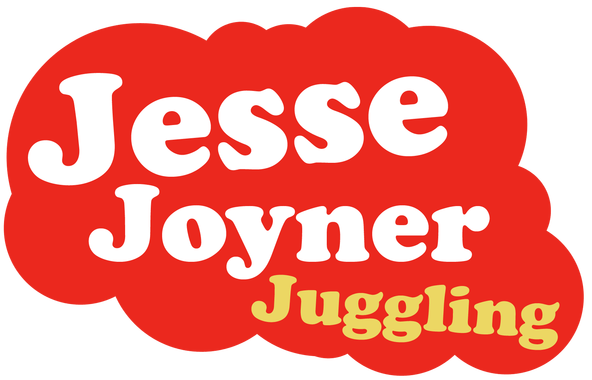If you have no idea what that title means, that’s OK. It is actually fairly simple to explain those weird words, which I will attempt to do. The “hypostatic union” is an important theological concept to understand about the person and work of Jesus Christ. It basically says that Jesus Christ is one person, two natures (divine and human). The interrobang is a punctuation symbol that I believe is a helpful metaphor to understand the hypostatic union.
The interrobang is a lesser known punctuation mark. Merriam-Webster defines it as “a punctuation mark ‽ designed for use especially at the end of an exclamatory rhetorical question” (“Interrobang,” Merriam-Webster). This means that it unites both the symbol and function of the exclamation point and the question mark into one character. For example, instead of “You lost the dog?!” it is also acceptable (and more economical) to write, “You lost the dog‽” In fact, you can still see the shape of both the exclamation point and the question mark in the interrobang as the two characters are superimposed on one another. Here is a larger look at how they merge:
! + ? = ‽
This is a visual metaphor for the hypostatic union. This is the theological doctrine that Jesus Christ is simultaneously fully God and fully man. In Christ, the two natures (divine and human) are united into one person (hypostasis) (McGrath, 1998, 56; Oden, 1992/2001, 165). This can be a potentially difficult point to explain to children (and adults as well). But when a simple visual metaphor such as the interrobang is used, the ability to grasp the concept is increased. Not only that, but it also helps learners experience and understand what for them may be a new spiritual reality in their hearts and minds, which ideally helps them draw closer to God. This is the generative nature of metaphors in spiritual formation.
Note that in the interrobang neither the exclamation point nor the question mark are absorbed or lost into the other. The reader can still clearly make out the fullness of each punctuation mark – and they are artfully merged to co-exist in one typographical character. So also is the character/person of Jesus Christ. He is one person who embodies the union of total divine nature and total human nature. Just as you can make out the entire exclamation point and entire question mark in the interrobang at the same time, so also does Jesus have the entirety of divinity and the entirety of human nature at the same time (John 1:14; Phil 2:6-11; Col 2:9, 3:15-20). The author of Hebrews adds that though he was like us in every way (human nature), he had no sin (Heb 4:15). That is because he was also fully God and it is impossible for God to sin (James 1:13; Heb 6:18; Psalm 92:15).
Why is the hypostatic union such an important concept? It has to do with the very foundations of Christianity – salvation by grace through faith in the person and work of Jesus Christ. If Jesus was merely a man and not God, then he would be less than perfect and his sacrifice would not be sufficient to atone for sins against a perfect and holy God. If Jesus was God and not also human, then he would not be able to offer himself on behalf of humans (human sin against God demands that the atonement must also come from a human – see Anselm’s argument at The Christian History Institute).
What do you think about the interrobang‽ Is it a helpful metaphor? What are some other metaphors that may help us better understand the hypostatic union?
Works Cited:
“Interrobang.” Merriam-Webster. online article. http://beta.merriam-webster.com/dictionary/interrobang (accessed December 17, 2015).
McGrath, Alister E. Historical theology: An introduction to the history of Christian thought. Oxford: Blackwell, 1998.
Oden, Thomas C. The word of life: systematic theology: volume two. Peabody, MA: Prince, 2001.




1 response to “The Interrobang as a Metaphor for the Hypostatic Union”
I agree